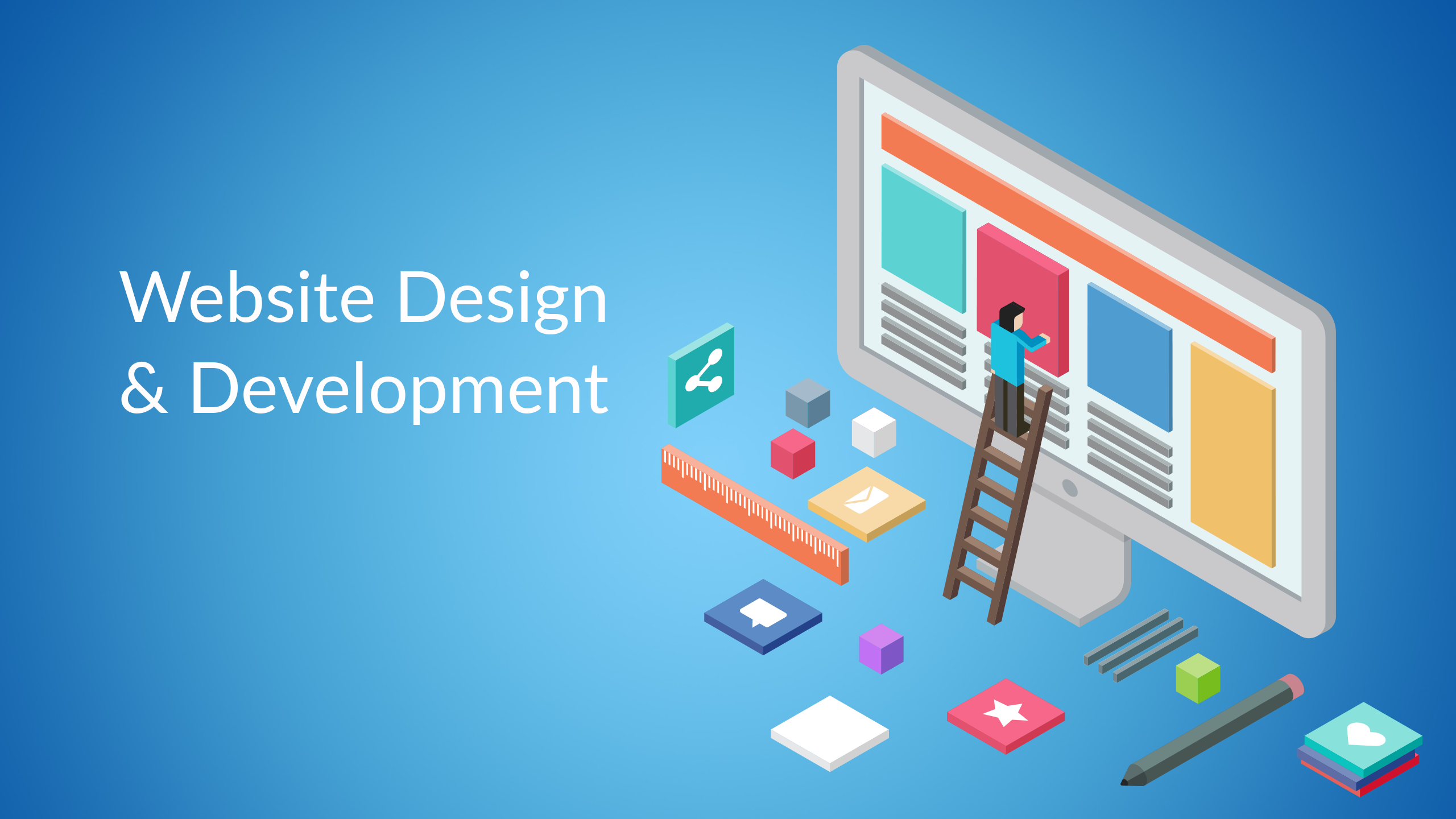Creating a Mobile-Optimized Website with Expert Web Design Techniques
Understanding Customer Experience: Key Concepts for Successful Website Design
In the world of website design, comprehending user experience (UX) is vital to creating systems that not only draw in yet likewise preserve individuals. Trick principles such as instinctive navigation and efficient feedback systems play crucial functions in cultivating individual satisfaction. Furthermore, factors to consider for ease of access make certain that all users can involve with the content perfectly. Nonetheless, the nuances of aesthetic layout and the importance of iterative screening often stay ignored. As we explore these foundational aspects, it comes to be evident that grasping UX is not simply an alternative yet a necessity for success. What are the implications of ignoring these concepts?
Relevance of Individual Experience

In the world of web style, one can not ignore the importance of individual experience (UX) as a crucial element that directly influences the success of a site. When users experience a engaging and user-friendly user interface, they are a lot more likely to check out the content, convert into clients, or share their experiences with others.
Furthermore, the importance of UX prolongs past mere visual appeals. It includes the overall capability of a site, making certain that navigation is seamless and details is easily available. Internet sites that focus on UX are typically regarded as even more trustworthy and trustworthy, which can have an extensive impact on conversion rates. On the other hand, inadequate UX can lead to irritation, causing high bounce rates and lost opportunities.
Inevitably, buying user experience is not just a design choice; it is a strategic decision that can distinguish a brand in a crowded marketplace. By concentrating on UX, businesses can create purposeful communications that resonate with individuals, leading the way for continual success in the electronic landscape.
Functionality Concepts
Effective web design rests on the application of crucial use principles that make sure a site is both useful and straightforward. Central to these principles is the concept of intuition, where individuals can browse the website easily without substantial direction. Clear navigation frameworks, consisting of constant layouts and well-labeled food selections, improve this intuitive experience, permitting individuals to locate details quickly.

Consistency is equally essential; keeping uniformity in design components, terms, and procedures across the website assists to minimize complication. Individuals ought to not have to relearn just how to communicate with different areas of the site.
Additionally, mistake prevention and recovery are crucial for functionality. Sites should be created to reduce the opportunity of individual errors, and when errors occur, clear and positive error messages must direct customers towards resolution.
Access Factors To Consider
Ensuring availability in web layout is critical for developing inclusive electronic experiences that deal with all customers, including those with specials needs. Ease of access factors to consider involve creating websites that special info fit varied needs, making it possible Get More Information for users with visual, acoustic, cognitive, or electric motor impairments to browse and connect efficiently.
To attain this, internet designers must stick to established standards, such as the Internet Content Ease Of Access Standards (WCAG) These standards provide a framework for making material perceivable, operable, easy to understand, and robust. Key methods consist of ensuring adequate shade comparison, providing text options for non-text web content, and ensuring keyboard navigability.
Furthermore, semantic HTML must be utilized to improve display reader compatibility, enabling customers with visual disabilities to understand the framework and meaning of content without effort. web design. Supplying clear, succinct guidelines and utilizing simple language can additionally boost usability for individuals with cognitive impairments
Routine availability screening, entailing actual customers with disabilities, is vital to recognize obstacles and enhance the individual experience. By focusing on access, internet developers not just adhere to lawful criteria but also promote an even more equitable electronic landscape, inevitably profiting everybody through enhanced usability and involvement.
Aesthetic Design Components
A myriad of visual design components plays a critical function fit customer perceptions and experiences on a website. These aspects include color pattern, typography, format, imagery, and whitespace, each contributing to the total visual charm and effectiveness of a website.

Color design stimulate emotions and can affect individual actions; for example, cozy colors might produce a sense of necessity, while great colors often advertise calmness. Typography, on the various other hand, impacts readability and can establish a brand name's character - web design. The choice of font design and size have to line up with the website's purposes and target audience
Images, consisting of icons and photos, improves storytelling and can dramatically affect user involvement. Top quality visuals develop a sense of professionalism, while poor-quality pictures may take away from the user experience.
Format and whitespace are similarly important, as they assist users via the web content. A well-structured layout aids individuals locate info promptly, while sufficient whitespace protects against mess, facilitating a much more enjoyable searching experience.

Checking and Iteration
Customer testing and iteration are basic elements of a successful website design procedure. These methods allow developers to collect important responses from real users, making sure that the end product meets their demands and expectations. Customer testing entails observing how actual users connect with a site, recognizing functionality concerns, and understanding individual actions. This direct responses is important in disclosing pain factors that may not appear throughout the style stage.
Version, on the various other hand, is the procedure of improving the layout based on the insights acquired from individual screening. By making step-by-step adjustments and re-evaluating the design, teams can enhance performance, enhance aesthetics, and optimize individual interaction. This intermittent technique cultivates a society of continuous improvement, allowing designers to adapt to user needs and emerging trends effectively.
Moreover, integrating both customer testing and version right into the layout process causes more enlightened decision-making and ultimately causes a much more user-centered item. By accepting these concepts, internet designers can produce extra user-friendly, appealing, and reliable experiences that resonate with their target market, inevitably driving greater customer fulfillment and retention.
Conclusion
In final thought, user experience is an important element published here of reliable website design, including usability, access, and visual considerations. Complying with recognized concepts improves user satisfaction and interaction, cultivating a much more inclusive online environment. Continuous testing and version work as essential procedures for resolving and determining customer discomfort factors, ensuring that website design continue to be adaptable to advancing requirements. By prioritizing these elements, web designers can create interfaces that not just fulfill user assumptions however also promote enduring connections.
In the world of web design, recognizing customer experience (UX) is paramount to producing platforms that not only bring in yet also preserve users.In the realm of web design, one can not underestimate the value of user experience (UX) as a pivotal aspect that directly affects the success of a site. Individual testing involves observing exactly how real individuals engage with a web site, identifying use concerns, and understanding individual behavior.In verdict, user experience is a critical element of effective internet layout, incorporating use, access, and visual factors to consider. Constant testing and version serve as important processes for determining and attending to individual pain points, guaranteeing that internet styles remain versatile to advancing requirements.